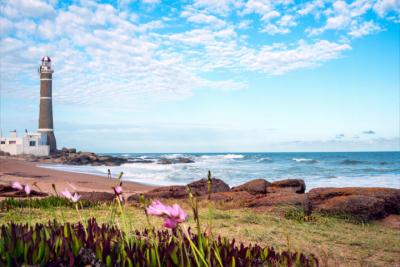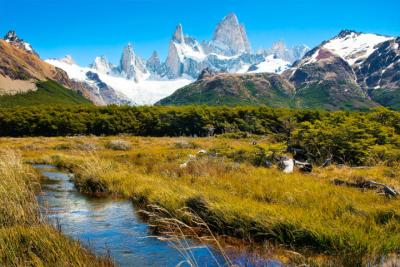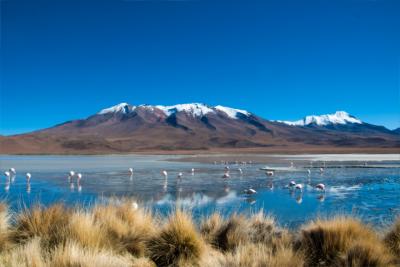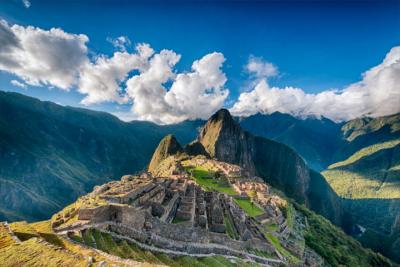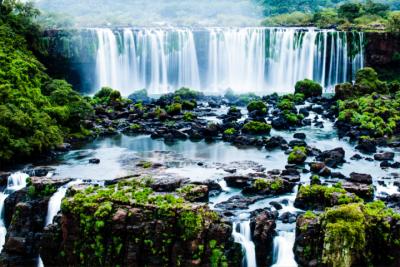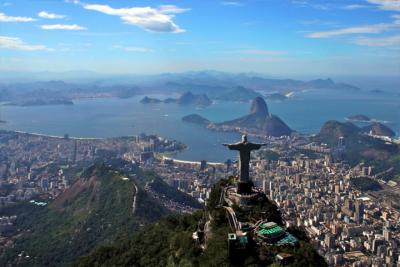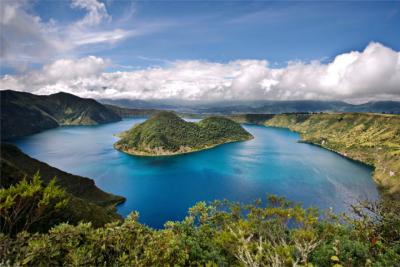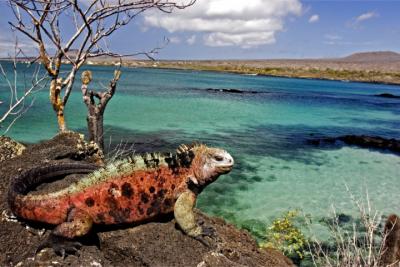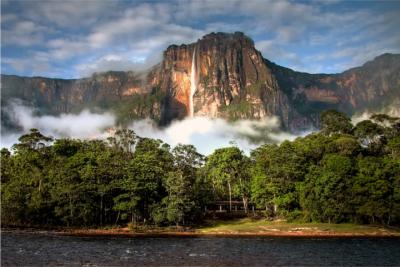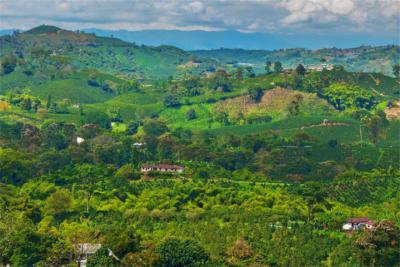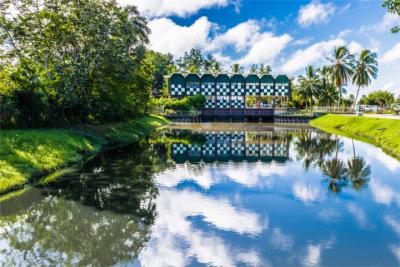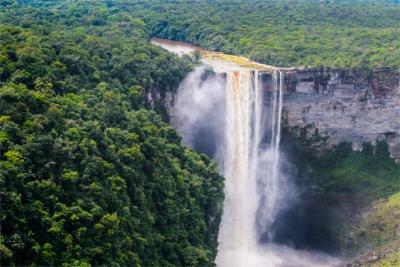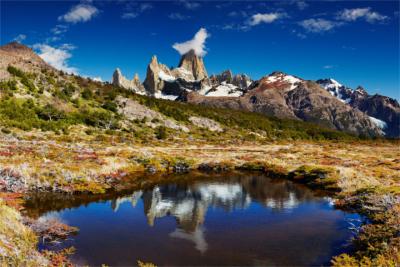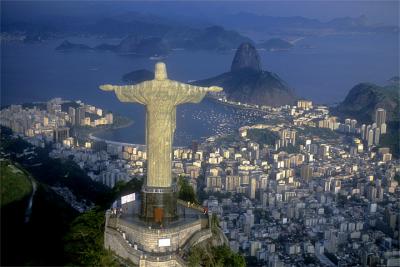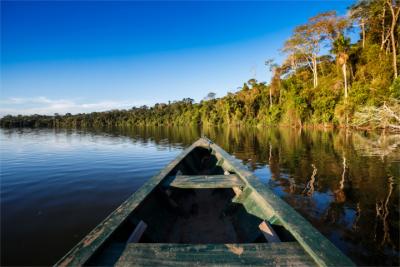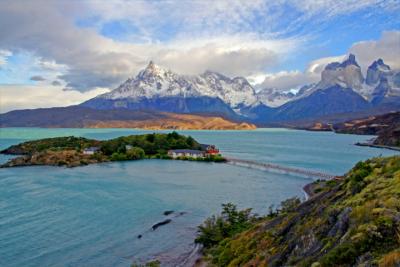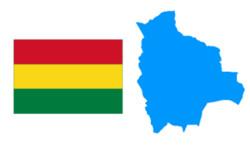Travel Offers
Travelmyne Featureprint
Distance
Bolivia – In the Isolation of Nature
The mighty Andes and the thick Amazon rainforest shield Bolivia from the rest of the world. That is why the country is characterised by wonderful, unspoiled landscapes in their full nativeness. The inhabitants still maintain their traditions and customs.

Geography - High mountain ranges and plains shape Bolivia
The inland Bolivia lies in the northern part of South America. Two chains of the Andes with peaks over 6,500 metres of height cross the country. Between them you find the mighty plateau Altiplano. Vast lowlands lie east of the mountain range. While the weather is relatively stable with medium to cool temperatures at higher levels throughout the year, the flat regions are dominated by savannah or tropical climate.

Nature - Watching pumas, jaguars, flamingos and armadillos
Large parts of Bolivia are covered in thick, lush rainforest. An unbelievable natural wealth developed in the hot and sultry climate. Pumas and jaguars stroll through the thicket and tapirs, toucans and hummingbirds also live here. Bolivia's lowlands are crossed by vast savannahs. Between grasses, shrubs and undemanding trees you find armadillos, maned wolves, bush dogs and deer. The harsh mountains of the Altiplano consists of open meadows and stony areas vegetated by shrubs to deserts. Further up the landscape changes to icy rocks and peaks which are covered in snow. Bolivia is particularly famous for its flamingos, which live in the Laguna Colorada.

Natural sights - Lake Titicaca and the Salar de Uyuni
In the middle of the harsh high mountain plateau, Lake Titicaca is a fertile oasis at a height of 3,800 metres. The lake is 304 metres deep and the highest navigable lake on earth. It is characterised by clear water, which you can pass on a nostalgic steamboat, for example. The lake is populated by many aquatic plants, orestias and trichomycteridae. Alpacas, llamas, condors and Titicaca grebes (flightless birds) live in the lake's surroundings. A true highlight is also the Salar de Uyuni, a gigantic salt pan located on the plateau. It is considered the world's greatest salt sea. You can best discover the salt pan's oases, deserts, salt springs and lagoons by Jeep. In the Noel Kempff Mercado National Park you can experience the Bolivian nature from the dry savannahs to the biodiverse rainforest. The Sol de Mañana displays intense geological activity: geysers and clouds of steam shoot from the ground and mud pools bubble.

Culture - From the Inca Empire to Simón Bolivar
Powerful cultures populated Bolivia's territory in the past with the Inca Empire as the most significant. It existed from 1200 to 1532, until it was destroyed by Spanish conquest. In 1825, the country gained independence under Simón Bolivar and was named Bolivia in honour of its liberator. The traces of the Native American culture are omnipresent. Indigenous and Christian elements unite to create a religiousness which is expressive and close to nature. Typical of Bolivia are its lively dances, during which people wear colourful clothes and masks. The chewing of coca leaves with their lightly intoxicating effect, which are also used for making tea, is also common.

Cultural sights - Following the Incas' trails in Tiwanaku
At Lake Titicaca lies Tiwanaku, which was already an important cultural centre 1500 BC and was recolonised during Inca times. Today, the special highlights of the ruined city are its gigantic Gate of the Sun and several mysterious stone figurines. On Lake Titicaca you find the island Isla del Sol, which accommodates a number of fascinating Inca sites. In addition, the island has beautiful bays with sandy beach. Besides the Isla del Sol, there is a second holy island, the Isla de la Luna. Between Lake Titicaca and the impressive backdrop of the Andes you find La Paz, Bolivia's biggest city and the highest seat of government on earth. The city is worth seeing because of its historical houses in colonial style and the Basílica de San Francisco. A good idea is also a visit to the Witches' Market (Mercado de Brujas), on which you can buy many unusual products. That the city is Bolivia's economic centre is apparent from buildings such as the Banco Central de Bolivia, which is 108 metres high, and the Bridge of the Americas (Puente de las Américas). The city's actual capital Sucre is also worth a visit due to its old town, which was arranged in the shape of a chessboard, with the colonial houses. Other attractions of the city are the Casa de la Libertad, where Bolivia's declaration of independence was signed, the monastery la Recoleta as well as many churches and beautifully arranged parks. Santa Cruz, the second biggest city, attracts with its lush planting and the great cathedral. In the mines near Potosi you can watch how tin, copper or silver are mined.

Experience - Getting to know the traditional life in the sleepy villages
A real experience is the adventurous drive to Coroico. From the plateau to the little town in the valley you undergo a height difference of 4,000 metres while passing a narrow, steep and curvy road (the so-called "Death Road") with a hillside of up to 1,000 metres. But the drive does not only offer appealing impressions of the landscape. Once you arrive at the bottom, you get to know the ethnic lifestyle of the rural population. You also see a lot of culture and nature on a train journey from the garden city Cochabamba to Tarata, which leads through beautiful landscapes and sleepy villages. The carnival of Oruro is also worth seeing. Expressive, lively dances are performed there in February/March. Those who want to eat traditional food can try llama meat, stuffed dumplings or the maize drink chicha, for example. Most dishes are highly seasoned. Bolivia is particularly known for the dish pique macho. Native American needlework, wood carvings and products made from llama or alpaca wool are popular souvenirs. Especially in the big cities you find many clubs, theatres and bars, which offer various kinds of night-time entertainment. Dancing and singing in karaoke clubs is particularly popular with the Bolivian population.

Activities - First rate trekking conditions
On your own, only equipped with a backpack – that is how you hike through Bolivia and explore its gorgeous, unspoiled nature. Particularly popular are treks with llamas or mules. Jeep or boat tours, mountain climbing or cycling are also suitable activities in this country. Such exciting sports as downhill biking, where you drive down steep roads into the valley, are also possible here.
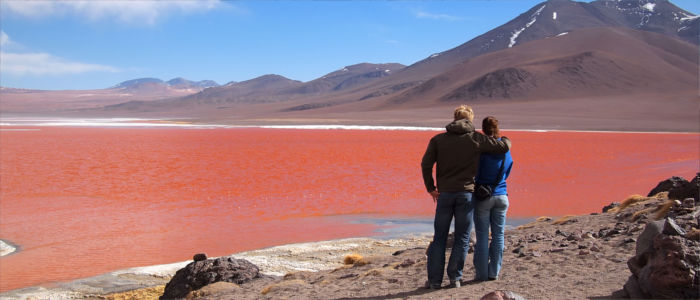
Information
The most important airports are located in La Paz (LPB) and Santa Cruz (VVI). Within the country you can take the bus or train. Spanish is the official language.
Bolivia allures backpackers from all over the world because it offers perfect conditions for hiking. Those who want to get to know the Andes or the never-ending rainforest are in the right place here. In addition, the colourful, lively culture with its Native American elements as well as the numerous Inca sites make Bolivia an interesting destination for lovers of culture.

